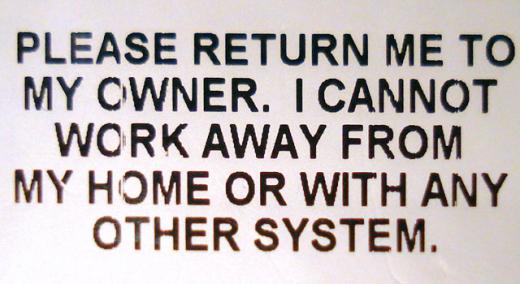“Buzzy Thingy Label” Credit: Robert Fornal
The future of work—of hybrid and fully remote workers—will require upskilling of employees for organizations that wish to succeed in the post-Covid world. Leaders who want to seize a competitive advantage in that future will need to benchmark their training initiatives for best practices on managing hybrid and remote workers. In this piece, I relate the best practices based both on external research and interviews I conducted with 61 leaders at 12 organizations I helped guide in developing and implementing their strategy for returning to the office and their post-pandemic mode of collaboration.
…

Add new comment